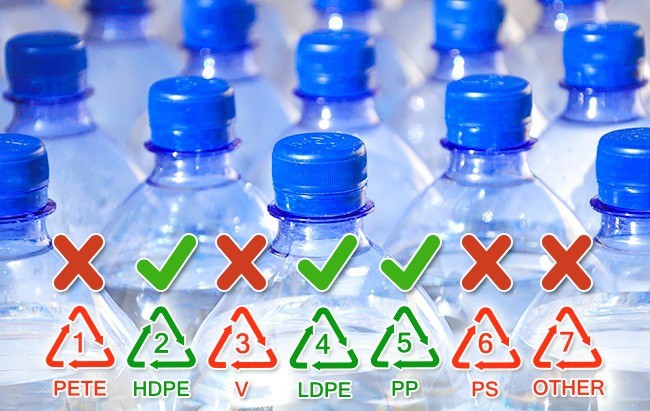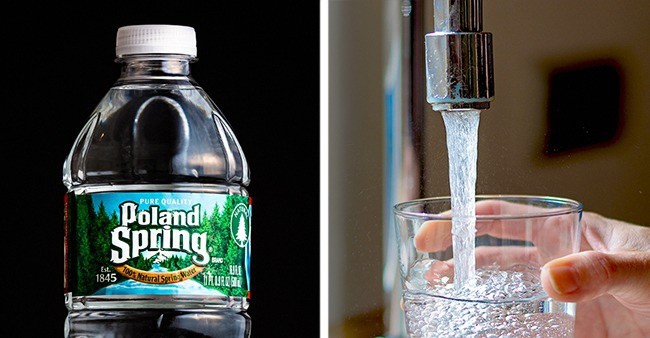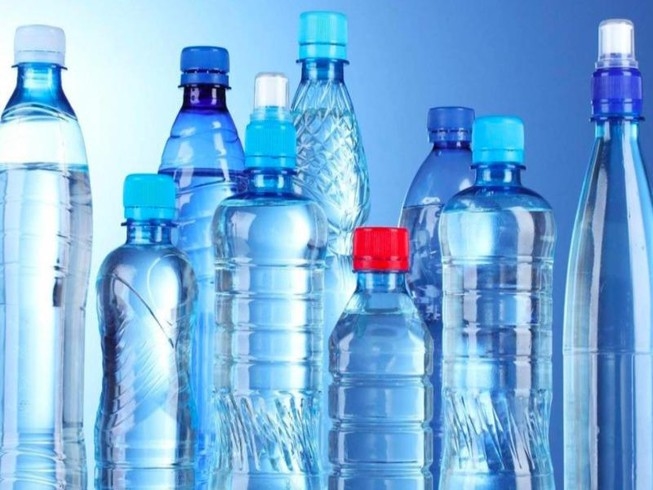NEWS
Learn the symbols on plastic bottles to ensure your health
Bottled water is no longer a strange product for all of us because it is a necessary drink for daily life. However, those familiar plastic bottles contain many secrets that we do not know.
1. Do not reuse plastic bottles
A plastic bottle can contain a lot of dangerous chemicals. If you don’t believe this, look down at the triangular label made up of 3 two-way arrows and a number on the bottom of each plastic bottle. It tells us what kind of plastic the bottle is made of.
If the label is 1, it means that the bottle is made of PET (also known as PETE) and it should only be used once.
The reason is that when exposed to oxygen and high temperatures, especially sunlight and hot water, this plastic will release toxic substances and enter the water silently without us knowing. know well.
 Also, avoid water bottles labeled 3 and 7, respectively, for PVC and PC materials. These are plastics that produce a lot of harmful substances, they leach into your food and drink, and in the long run, they can cause serious harm to your health.
Also, avoid water bottles labeled 3 and 7, respectively, for PVC and PC materials. These are plastics that produce a lot of harmful substances, they leach into your food and drink, and in the long run, they can cause serious harm to your health.
Labels 2, 4 and 5, respectively, for HPPE, LDPE and PP are considered green and reusable labels. However, these plastics are only good when you use them to store cold water and disinfect them regularly.
2. Bacteria and extremely unhygienic

Scientists use an analogy that unsanitary used water bottles are as bad as toilet seats, pet toys or even worse.
Many people consider that to be an exaggeration, however, science has proven that the number of bacteria on such plastic bottles exceeds the permissible limit. We are created by ourselves, by dirty hands, by saliva in our mouths, by not cleaning thoroughly.
Studies show that the veins on the neck of the bottle, where it comes in direct contact with our mouth, are the perfect place for the organism to grow rapidly.
So disinfect the bottles thoroughly before reusing them.
3. Origin of bottled water
Bottled water companies and manufacturers often paint on the packaging that their water is taken from fresh and picturesque springs. But admittedly, many times you find that the water in those bottles is no different from the domestic water in your home.
In fact, you should notice that on the packaging of each bottle there will often be a text printed in extremely small font size that most of us don’t even notice. However, those are the “expressions” of manufacturers about the origin of the water products they make.

4. Not really good for health
Leaving aside the problem of bacteria, bottled water is not really as good for our health as we think.
Targeting young people and sports people, manufacturers often advertise their products as extremely healthy and healthy because they do not contain sugar like other drinks.
However, in fact, the sugar content in some brands of bottled water is comparable to soda. So, don’t let the ads “cover your eyes”, always read the ingredients carefully before spending money to buy.


 Tiếng Việt
Tiếng Việt

